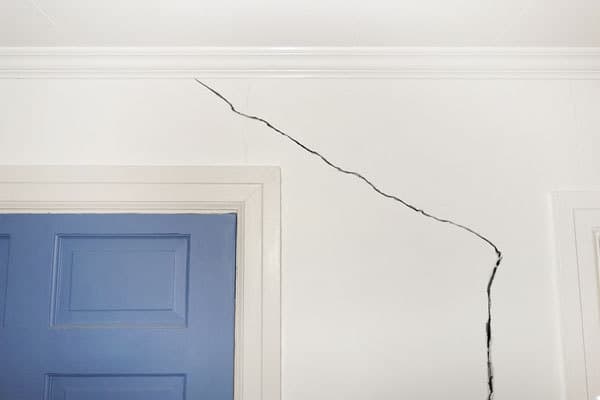
The ceilings and walls inside your home are almost all made from plaster or drywall. And while drywall is much more common in new home construction today, plaster has a long history
It's a building material that starts as a dry powder. Then it's mixed with water to form a paste that gets applied to walls and ceilings. The water reacts with the powder, releasing heat through crystalization and the hydrated plaster hardens.
Types of Plaster
There are several different types of plaster making repairs challenging when you want to match the same materials (see StuccoClassico.com for plasters evolution and repair options).
- Gypsum plaster (also known as plaster of Paris) is manufactured by heating gypsum to about 300 °F. This type is used when you want to simulate surfaces of wood, stone or metal.
- Lime plaster is made from limestone, sand and water. It's the “lath and plaster” that uses horse hair or gypsum plaster to shorten the curing time. It's great for curves and extremely hard, durable and unaffected by water so it won't soften or dissolve like gypsum plaster or drywall.
- Cement plaster (also called adamant plaster) was introduced in the US in the early 1900s. A final layer of gypsum plaster is sometimes used for interior finishes. The advantages of cement plaster are its' strength, hardness and durability, and quick setting time.
Factors to Consider When Making Your Decision
There are fewer skilled plasterers than home professionals who can install drywall. That makes it something of a lost art, but depending on your requirements, it might be the right solution for your home. So here are things to consider when making your decision.
- More expensive (materials and labor) than drywall.
- Installation requires several processes — brown coat, scratch coat and a finish coat over blue board or mesh. You have to wait longer for it to completely dry. Drywall can be primed and painted within 1 to 2 days after sanding the final coat of drywall mud.
- With a hard surface, it's more susceptible to cracking because it has no give. When it cracks, it's more difficult to repair than drywall and it's very dusty.
- A major benefit is flexibility that allows more creative designs, enabling any type of rounded walls or ceilings. Drywall is flat and limited to mostly angles made by cutting and carefully bending the boards.
- Resistant to fire in a room, helping reduce structural damage.



